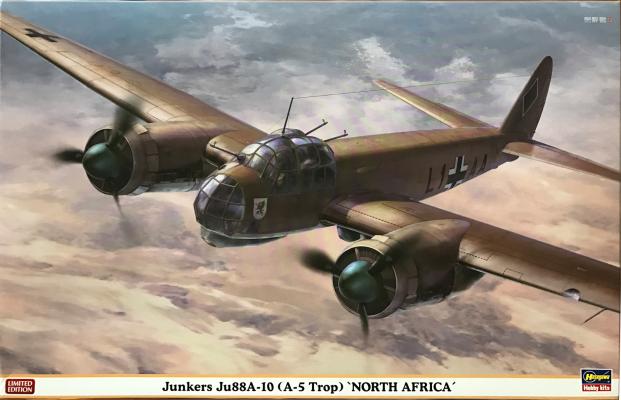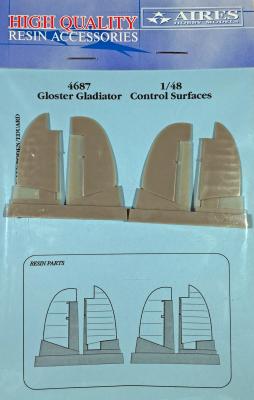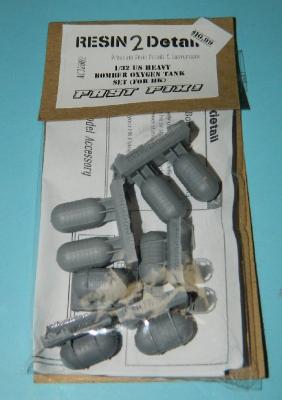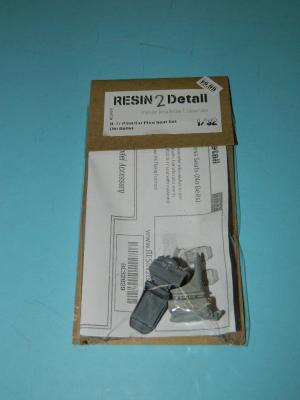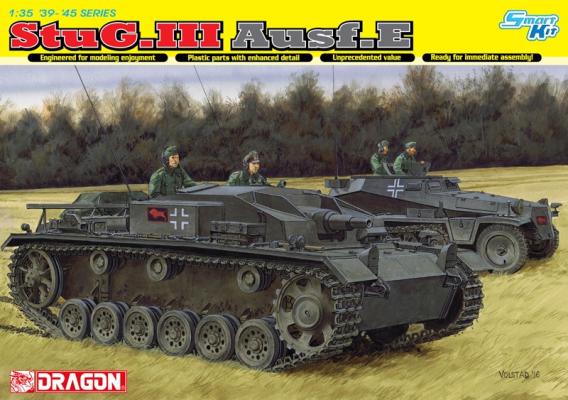Dive-bombing. Torpedo-bombing. Night fighting. The Junkers Ju 88 could do it all - and then some. Over the hot, dusty battlefields of North Africa, the A-5 tropical relied on extensive air filters to keep out sand and dirt. Rommel's Afrikakorps relied on the Ju 88 for support strikes against Allied armor and positions. The broad-winged Ju 88 could carry 3-4,000 lbs. of bombs to targets at moderate range. Used effectively as part of Rommel's combined arms strategy, the Ju 88 helped Germany reverse Italian losses in North Africa and nearly carry the continent.
Welcome to the IPMS/USA Reviews site!
Introduction: The primary organization of the IPMS/USA Review website is by IPMS/USA National Contest Class. Within each Class there are sub-menus by kits, decals, books, etc. The Miscellaneous Class is for items that are not class specific or that cross two or more classes.
IPMS/USA Members: We encourage you to submit reviews, both here and to the Journal. To volunteer for membership in the IPMS/USA "Reviewers Corps" and submit your own reviews, please read the Guidelines For Submitting Product Reviews.
Manufacturers, publishers, and other industry members: IPMS/USA is pleased to offer your company the opportunity for product reviews. All product reviews are performed by IPMS/USA members, and are posted in the publicly-accessible section of our website. With very few exceptions, we perform full build reviews of new kit releases, aftermarket products, and supplies. If you would care to provide product samples for review, please contact John Noack, IPMS/USA 1st VP.
To learn more about IPMS/USA, please see our About Us page.
I’ve always had a soft spot for the Gladiator, as in my opinion it is one of the best looking biplane aircraft ever designed. The Gladiator prototype first flew in 1934 and entered service in 1937, just a year and a half ahead of the Hawker Hurricane. The Gladiator was utilized by 18 nation’s air forces during the war, and its last recorded combat operation being flown by the Finns in February of 1943 ended with a Soviet R-5 recon plane being shot down.
This resin set by Aires is not my first experience with their products. Like their other products, the resin is smooth, bubble and blemish free. What I really like is that the part includes the attachment tab for locating the stabilizer to the fuselage. As a builder, you really only need to know that the part will drop right in and a resin friendly glue will be necessary to attach the fuselage. Certainly don’t forget to wash the part clean before priming and painting.
This upgrade provides a 1//32 scale improved Oxygen (O2) tanks for the HK B-17. It comes in two different options, with four each (eight total) O2 Tanks. Four tanks have mounts and brackets, and four are just O2 tanks with no brackets or mounts.
When held next to the kit O2 tanks, the size difference is very noticeable. The HK tanks are all too small; the Detail2Resin tanks are correct. Remove the tanks from their pour stubs, then primer with gray or white , (I used Tamiya White) and then paint gloss yellow(again, I used Tamiya Camel Yellow) . Weather a bit, then paint the mount straps silver or steel; the mount itself was usually interior green.
As this is a basic seat with all parts molded in place, the overall work goes very quickly, with no parts or additions required. The detail really stands out once all the drybrush work has been accomplished. Much easier than making your own mount and straps out of foil In my opinion!
This upgrade provides a 1//32 scale improved seat for the HK B-17. It comes in three different options, with two seats to a package. One is the plain seat, one has basic seat cushions and backpad, and one has seat cushions, backpad, and the lap-belt, as the B-17 was (from my references) rarely equipped with over-the shoulder harnesses until later versions. The lap belt is the ultimate in final detail. As you can see in the side-by side view, the kit seat (in basic gray plastic) is about 3/8” taller than the Resin2detail seats; I believe the Resin 2 detail seats are more accurate.
History Brief
The Sturmgeschütz III (StuG.III) Germany’s most widely produced AFV of WWII, with 10,619 eventually manufactured. Based on the chassis of the Panzer III, it was cheaper and faster to build since it did not have a rotating turret.
The Ausf.E, was armed with the short-barreled, low velocity 75mm StuK37 L/24 gun as preceding marks, and 284 vehicles were produced from September 1941 through to March 1942. This variant’s major improvement over its predecessor was a new armored pannier on the right side of the superstructure to accommodate radio equipment. Increased space inside allowed an extra six 75mm rounds for a total of 50 to be carried. An MG34 was stowed internally, and smaller hinges for the inspection hatches were another distinguishing feature of the Ausf.E.











